Top AngularJS Framework for Your Next Web Development Project
- Aayush Gupta
- May 24, 2022
- 8 Minute Read
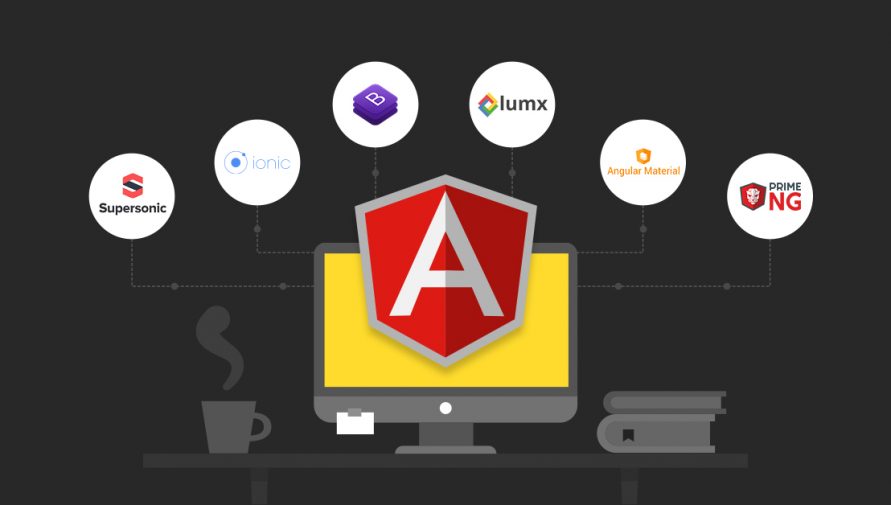
Here’s a crazy fact – it takes 50 milliseconds for an internet user to form a first impression of your website. Further, it takes them 2.6 seconds to locate the crucial part of a website that reinforces this opinion. In other words, a business has to act fast before they lose potential clients. And front-end technologies combined with the best AngularJS framework can help you achieve this goal. It makes the website interactive, responsive, and riveting to maintain peak engagement levels.
With nearly 4.2 million users across the globe, AngularJS frameworks are highly in demand for web development. Many Angular development companies carefully hire developers based on their framework knowledge.
However, committing to one of the many AngularJS frameworks can be an overwhelming task. If you find yourself making this choice, you’ve come to the right spot. Here, we take a look at the different frameworks in AngularJS to help you make a well-rounded decision.
What is AngularJS Framework?
AngularJS (or simply Angular) is an open-source, client-side JavaScript framework that transforms static HTML into its dynamic counterpart. In simple words, it is what HTML would have been if it were designed to build applications.
It was developed in 2006 and is now maintained by Google. Businesses largely use the AngularJS framework to develop web applications. Some core features of AngularJS include:
- Two-way data binding relates to the automatic synchronization of data between the model and view components.
- The Scope is the glue between controller and view and contains the objects that advert to the model.
- Controllers are JavaScript functions that bind to a scope.
- Directives combine data to the HTML template to create custom tags or refer to existing ones.
- Dependency injection is a built-in subsystem that expedites application development and simplifies testing.
- Deep linking encodes the state of an application within the URL, which allows users to bookmark it while retaining the state.
- Routing allows switching between views.
Since it is entirely based on JavaScript and HTML, developers do not have to learn a separate or dedicated language to work with Angular. As such, the learning curve for the AngularJS web development framework is not very steep. Accordingly, finding top talent for AngularJS is relatively easier.
Why Choose the AngularJS Framework for Web Development?
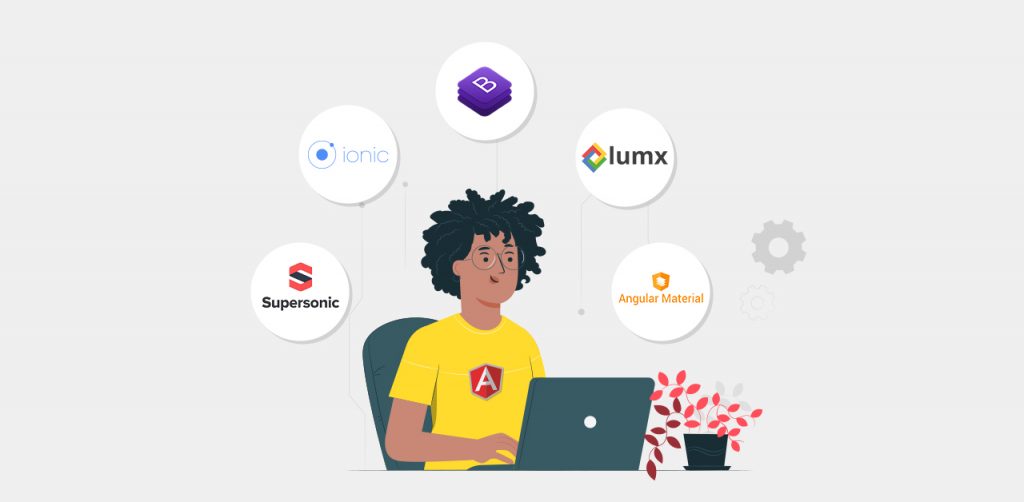
Seeing how big names like Netflix, Freelancer, PayPal, and LinkedIn use the Angular JavaScript library to develop various functionalities within their app, the importance of Angular as a web development framework can be summarized as follows:
- Its simple yet efficient MVC architecture makes Angular easy to use.
- The use of HTML to define web application interfaces grants it the quality of an intuitive and declarative UI.
- The two-way data binding mirrors the changes in the user interface onto the app interface.
- The Angular JavaScript framework is backed by Google and is reportedly the most secure web development technology.
- It calls for minimal coding, and the code is reusable.
- The Plain Old JavaScript Object (POJO) model makes it easy to write, test, maintain, and reuse codes.
- Angular supports Single Page Applications (SPA) that make websites behave like native apps.
- It comes equipped with a unit testing module that can run in real time.
- It supports RESTful development.
- Developers may use plugins to expand the capabilities of an application.
Given the benefits listed above, it makes perfect sense why businesses would shift to Angular frameworks for all their web development needs.
Top AngularJS Frameworks for Your Next Web Development Project
If you are looking for the best Angular JavaScript Framework, consider the following options. Also, ensure that your developer has the knowledge of these before hiring an Angular developer.
1. Ionic
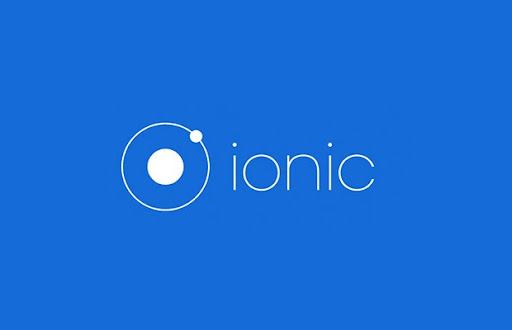
The Ionic web development framework is the frontrunner amongst all AngularJS frameworks. It is an open-source software development kit (SDK) created in 2013 for hybrid mobile applications.
Ionic harnesses the Angular JavaScript library package containing native components to provide platform-specific UI elements for iOS and Android. It is believed that over 5 million apps were created using Ionic. As such, it comes as no surprise that the Ionic framework in Angular powers 7% of apps on iOS and 10% of apps on Android.
Whether or not a developer knows about the Ionic framework is among the most creative AngularJS interview questions that are asked.
Features
- Adaptive styling grants cross-platform capabilities.
- Built on standard web technologies like HTML, CSS, and JavaScript.
- Parallel (linear and non-linear) navigation.
- Full Native SDK access.
Pros
- A single codebase can run across different platforms.
- Quicker time-to-market with lower development costs.
- Can be transformed into progressing web application (PWA).
- Impressive integration capabilities and support for plugins.
- A vast library of UI elements with quick prototyping.
- Built-in testing and debugging tools.
Cons
- Performance of heavy applications may lag with Native applications.
- Native functionality is plugin-dependent.
- The use of live reloading in place of hot reloading.
- The reverse engineering of hybrid apps can develop security issues.
- Large application size.
2. Angular UI Bootstrap
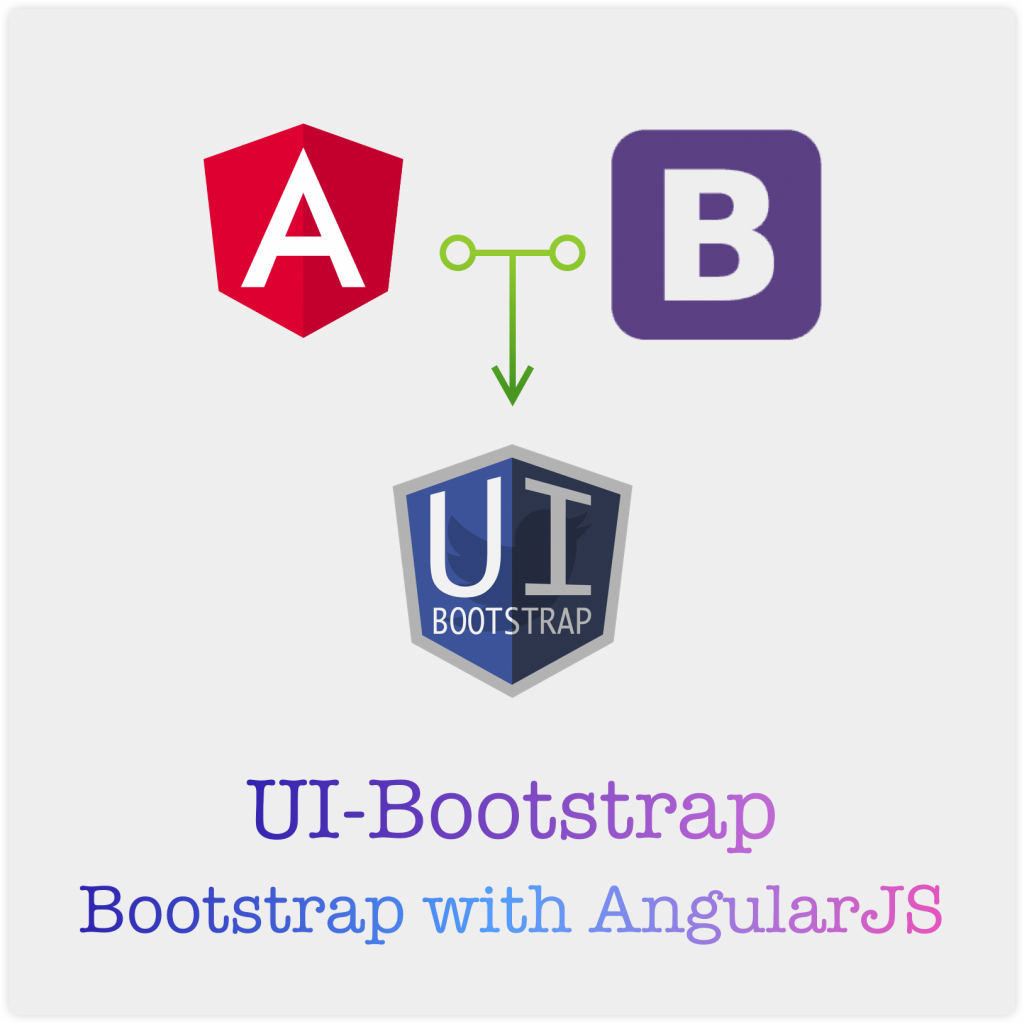
UI Bootstrap has the top UI Angular Libraries built on top of Bootstrap – one of the finest front-end development tools. Since you cannot directly use Bootstrap with AngularJS frameworks, Angular UI Bootstrap combines native CSS-based AngularJS directives with external Bootstrap markup elements to bridge them. As such, developers can access a collection of components through dependencies like AngularJS, Bootstrap CSS, Angular-touch, and Angular-animate.
Features
- Build files for directives are distributed in different variations.
- Developers can create their own build.
- Availability of directives like alert, carousel, buttons, time picker, date picker, drop-down, etc.
- Lightweight applications.
- Support from HTML5 and CSS3.
Pros
- Access to a vast repository of components due to dependencies.
- Eliminates the dependence on jQuery and Bootstrap JavaScript.
- Powerful backend and front-end capabilities.
- Availability of mobile components like switches, sidebars, scrollable areas, etc.
Cons
- Heavier than vanilla Bootstrap.
- Customization can be tricky.
- Codes are tougher to maintain.
3. LumX

LumX is one of the best Angular CSS frameworks based on the SASS (Syntactically Awesome Style Sheets) pre-processor. Its two modules, Bourbon and Neat, empower developers to create bespoke, highly functional, visually aesthetic, and user-friendly UI by incorporating Google Material Design practices.
This Angular Web UI framework also allows the utilization of jQuery without any plugin, which can be used to boost the web application performance. This also helps widen the scope to develop your Angular developer skills.
Features
- Built using SASS.
- Follows the MVC design pattern.
- Platform independent.
- Highly customizable.
- One of the earliest responsive Angular Web UI Frameworks.
Pros
- Offers the immense potential to develop feature-rich customizable apps.
- Adheres to the Google Material Design guidelines.
- Auto-optimization improves app functionality.
Cons
- Still in its nascent stages.
- It cannot be tested in the production-ready state.
- Poor documentation.
4. Angular Material

Powering nearly 86k websites, Angular Material is one of the top UI Angular Libraries containing a host of reusable UI components. Much like LumX, Angular Material is also inspired by Google Material Design. This Angular CSS framework contains high-quality, ready-to-use elements like typography, layouts, themes, etc. to build aesthetic and responsive interfaces. As a result, it is used by the Top AngularJS Development Companies in the market.
Features
- Access to 30 Angular UI services and components.
- Custom, responsive, and reusable components in the Angular Javascript library.
- Platform and device-independent.
- Portable across browsers.
- Dark theme available.
Pros
- Faster time-to-market without compromise on quality.
- Follows the latest Google Material Design principles.
- Websites built on this Framework in Angular are engaging, agile, and responsive.
- Design consistency and easy to maintain.
Cons
- Experiences performance issues.
- Does not use semantic HTML.
- Each component has to be imported individually.
5. Angular UI Grid
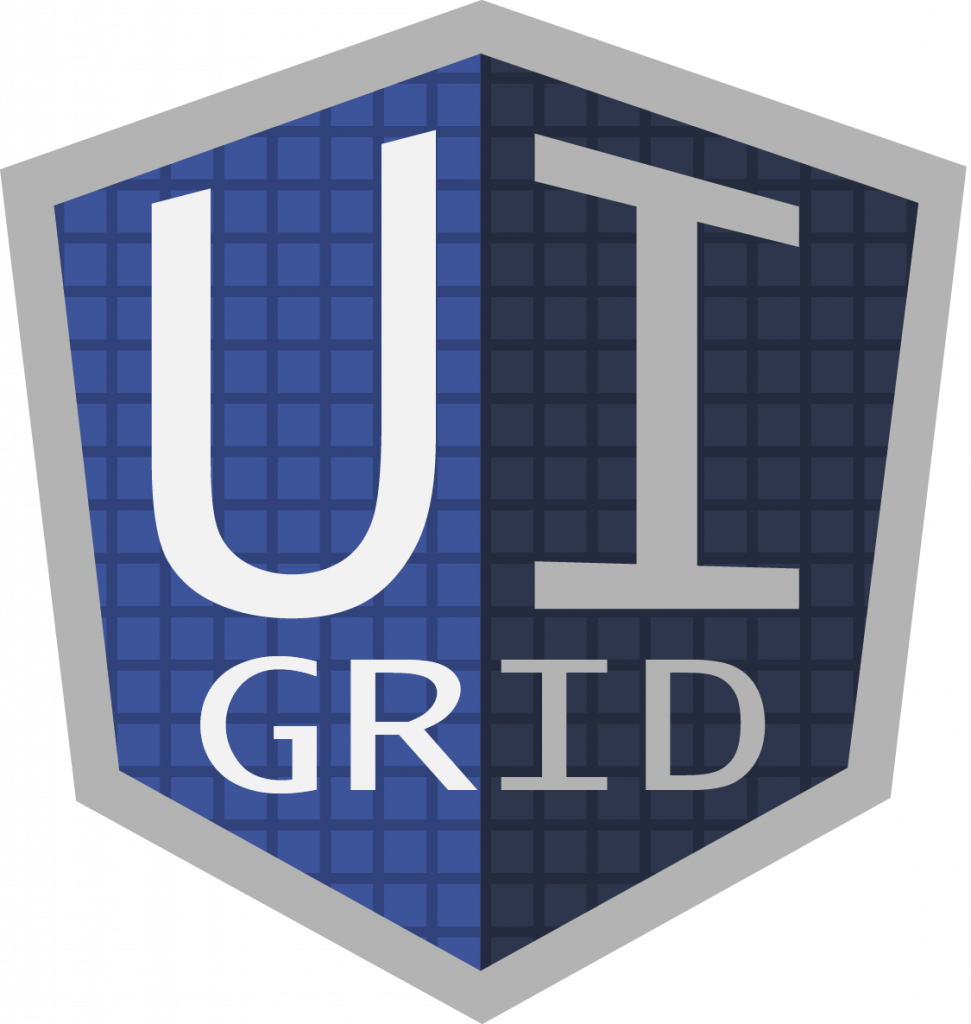
If you are dealing with web development using large datasets, then Angular UI Grid should be your go-to AngularJS framework. Formerly known as ng-grid, Angular UI Grid has no dependency other than AngularJS and can be implemented without jQuery. The central grid module absorbs characteristics of the Native Angular directives and has components of the Angular UI suite.
Features
- Built-in customizer.
- Offers e2e testing, sorting, expanding, filtering, grouping, user interactions, paging, etc.
- Works best with complex modules and sets.
- Can be used for data binding cells and columns.
- Customizable templates.
- Advanced functionalities like virtualization, edit in place, internationalization, etc.
Pros
- Easy to configure and extend.
- Processes data quickly, which grants parallel functionality.
- Does not rely on jQuery.
- Powerful plugin architecture that reduces technical debt.
- Offers a gamut of features and functionalities.
Cons
- Can get laggy, especially when datasets are exceptionally large.
- Functions erratically.
6. Supersonic
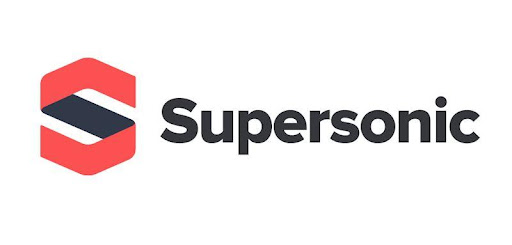
SuperSonic was one of the first AngularJS frameworks to combine JavaScript, CSS, and web components to create an agnostic ecosystem. The hybridization grants developers access to a variety of features and functions that expedites development timelines. Further, the use of REST API for backend integration makes it easier to create intuitive apps for iOS and Android environments.
Features
- Declarative UI.
- Mobile-first CSS.
- Compatible with iOS and Android operating systems.
- Uses AngularJS directives.
Pros
- Helps in building hybrid apps.
- Offers access to an expansive library of components.
- Enhances app user experience.
- Allows RESTful development.
Cons
- The different dependencies can breed confusion.
- Limited API support.
7. PrimeNG
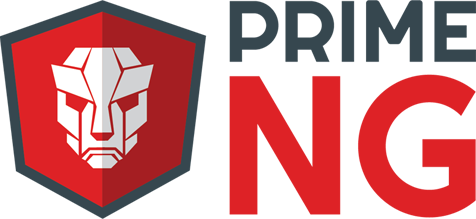
PrimeNG from PrimeFaces is an Angular UI Library Framework for building web and mobile applications. It is very similar to Angular Material as it offers a library of reusable components that developers can pick and use during app development.
However, what really stands out for PrimeNG is the vast number of components available in its library. It can be particularly useful for businesses developing software involving several data forms.
Features
- Availability of 90+ Angular UI components.
- Components available include menu, overlays, form inputs, charts, multi-select, etc.
- Declarative UI.
- Allows templatization.
- CSS utilities (PrimeFlex CSS).
Pros
- Single library for all UI components, with well-organized elements.
- All widgets are open-source and available at no cost.
- Readily available and customizable themes and templates are present.
- 16 themes and 200+ icons are available for free.
- Allows mobile-first development.
Cons
- Inconsistent documentation and API.
- Developers can only contribute bug fixes.
- Underperforms while data binding.
8. Mobile Angular UI
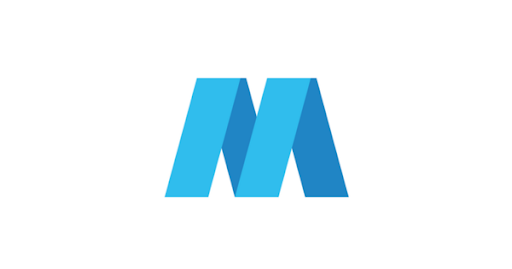
If you are looking to develop a web or mobile application based on HTML5, then the Mobile Angular UI Framework can be your best bet. This open-source AngularJS framework is often used to create dynamic and flexible UIs to make the application user-friendly. It achieves this result by combining Bootstrap with the AngularJS framework. Businesses operating in the Computer Software and Information Technology and Services segments make the most use of Mobile Angular UI at 33% and 19% respectively.
Features
- Navbars to display menu, header, or footer.
- Sectioning of content using accordions.
- Drop-down menus.
- Modals and overlays for pop-up-type messages.
- Tabs display content in separate panes.
Pros
- Supports a range of interactive UI elements.
- Clean codes with high scalability.
- Lightweight apps with a higher performance rate.
- Thriving ecosystem.
Cons
- The learning curve can be somewhat steep.
- Testing and debugging are tough.
- Configuring the Mobile Angular UI framework is tricky.
Conclusion
With this, we come to the end of our list of the best AngularJS frameworks. From the above, we can see that AngularJS is continually growing and expanding to attain new heights. As such, businesses that are inclined to use AngularJS for app development should keep up with the latest AngularJS Development frameworks that can help them achieve their organizational goals.
However, mere knowledge of these AngularJS frameworks is not all. You also need skilled talent that can realize business objectives and translate concepts to practical and functional realities. With a number of AngularJS developers available in the market, finding one that is a cut above the rest can be at par with finding a needle in the haystack. As such, partnering up with a reliable talent partner like Uplers can help you hire AngularJS Developers who can deliver to your expectations – and beyond!

Thank you for submitting the details!
We will keep your information safe. Feel free to contact us with any questions at hello@uplers.com
Please check your email for next steps shared by Robert.

















